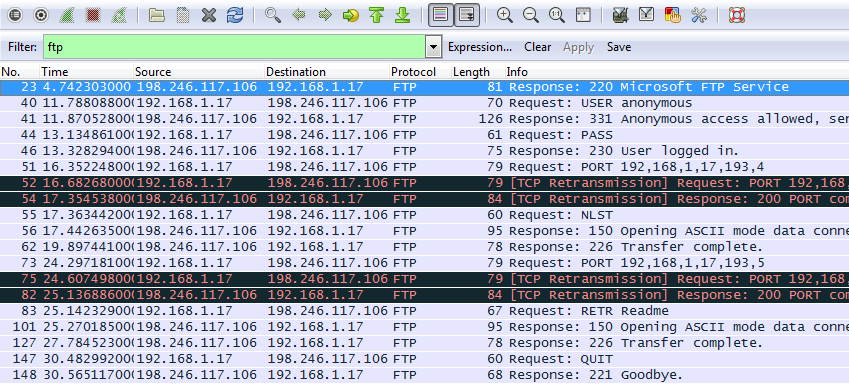

- #Django port 8000 wireshark captures install#
- #Django port 8000 wireshark captures serial#
- #Django port 8000 wireshark captures Pc#
- #Django port 8000 wireshark captures mac#
My understanding is in theory Wireshark should pick up the ICMP traffic, but i doesn't see it. I do some pings on the other VLAN 50 which includes the source port that I configured in SPAN. To give an extra background, the django fixture contains form data which is. I turn on wireshark and select the ethernet NIC for the PC.
#Django port 8000 wireshark captures serial#
So either you make your extcap send each serial byte as a separate 'packet', and do this assembling of serial bytes into protocol frames using a dissector in Wireshark itself, or you have to implement the protocol handling layer in extcap and feed the queue. My understanding this is normal for the SPAN destination port to transition to up/down because it's in port mirroring mode. What's worse is that there are some protocol layers to implement between raw serial bytes and frames/packets which Wireshark can handle. pana.cap (libpcap) PANA authentication session (pre-draft-15a so Wireshark 0.99.5 or before is required to view it correctly). OptoMMP.pcap A capture of some OptoMMP read/write quadlet/block request/response packets. I configure SPAN on the switch, and the port state changes to up/down. NMap Captures.zip (libpcap) Some captures of various NMap port scan techniques.
#Django port 8000 wireshark captures Pc#
I start with a pc connected by ethernet to a switchport that has been placed in VLAN 100 with with an SVI 100 in the same subnet. There might be other reasons, but without a deeper insight in your environment it's hard to figure out what's going on.I am unable to get wireshark to read a SPAN destination port that it is connected.
#Django port 8000 wireshark captures mac#
#Django port 8000 wireshark captures install#
So, here are some possible explanations that might cause your TCP traffic to appear in Wireshark on the client, but not on the wire. The Solution - use tcpflow Theres a great programe tcpflow ( ubuntu install link ), that will capture all/some tcp traffic and put it in an easy to read file. If you drop frames in the OUTPUT chain, Wireshark will not see them, so iptables handles the packet before the kernel gets a chance to send a copy to dumpcap. but does not send the packet to the hardware?ĭoes IPTables twink with dev_hard_start_xmit's behavior? [ Would you suggest to me scenarios under which dev_hard_start_xmit() sends a packet to a PF_PACKET socket (because, say, dumpcap is running).


 0 kommentar(er)
0 kommentar(er)
